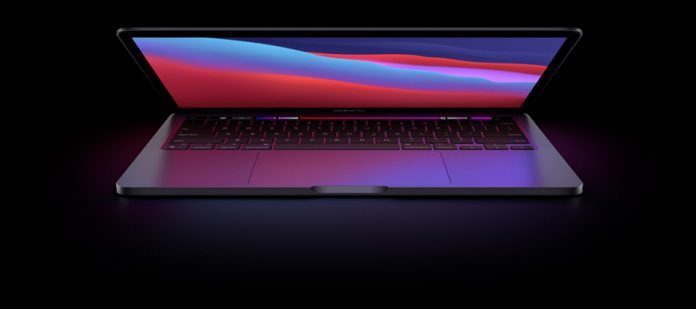However, the early signs suggest Apple’s early confidence may have been premature. Still, there is a good chance Microsoft’s Windows 10 will one day run on M1 machines. We are already familiar with the benefits of ARM computing, improved battery life and better performance. It is clear the M1-powered MacBook’s deliver on this in a way Microsoft’s own ARM Surface Pro X could not. In fact, better than any Windows 10 on ARM device. Apple also promised the M1 could run any app, including x86 applications, better than Intel processors. Here’s the thing with Apple, the company usually delivers on its launch claims but sometimes one or two mistakes will creep through the cracks. Remember when the company introduced the original iPhone as a game change? Little did the crowd know that the handset’s software was unfinished and messy. Few remember the first iPhone was as much software failure as it was hardware success.
Software Issues
So, is the M1 one of those broken Apple promises? Well, it’s too early to tell but a flood of users reports suggest there is a lot of software that is not compatible with the new chip. Analyst Patrick Moorhead went on a long Twitter threat listing software that would not work on his new MacBook.
— Patrick Moorhead #Think2021 #LSCCInvestorDay2021 (@PatrickMoorhead) November 20, 2020 The non-functioning software includes Microsoft Edge, Adobe Reader, Acrobat DC, as well as peripherals and hardware software. Moorhead has been joined by many users with similar problems. Apple is a marketing king and knows hype arguably pays more than results. Just by hyping up the M1, the company has developers hustling to ensure their software is compatible. All software will work eventually, such is developer support for Apple devices, but let’s not forget Apple was discussing app support as an out-of-the-box thing.
Windows Integration
One of the questions following the launch of the M1 has been whether the chip will allow Windows 10 to run on Macs. Of course, throughout the Intel generation of MacBook’s (which are still available, by the way), Boot Camp would handle running Windows 10 on macOS. When Apple confirmed its entry into ARM computing at WWDC earlier in the year, Microsoft suggested Windows 10 won’t run on the M1 laptops on the basis Apple would need access to Windows 10 on ARM: “Microsoft only licenses Windows 10 on ARM to OEMs. We have nothing further to share at this time.” While Microsoft’s comment seems final, Apple appears to believe there is still room for negotiation. Although, the company is putting the ball firmly in Microsoft’s court. Craig Federighi, SVP of Software Engineering, for Apple says it is up to Microsoft to allow Windows 10 support: “That’s really up to Microsoft,” he said. “We have the core technologies for them to do that, to run their ARM version of Windows, which in turn of course supports x86 user mode applications. But that’s a decision Microsoft has to make, to bring to license that technology for users to run on these Macs. But the Macs are certainly very capable of it.”




